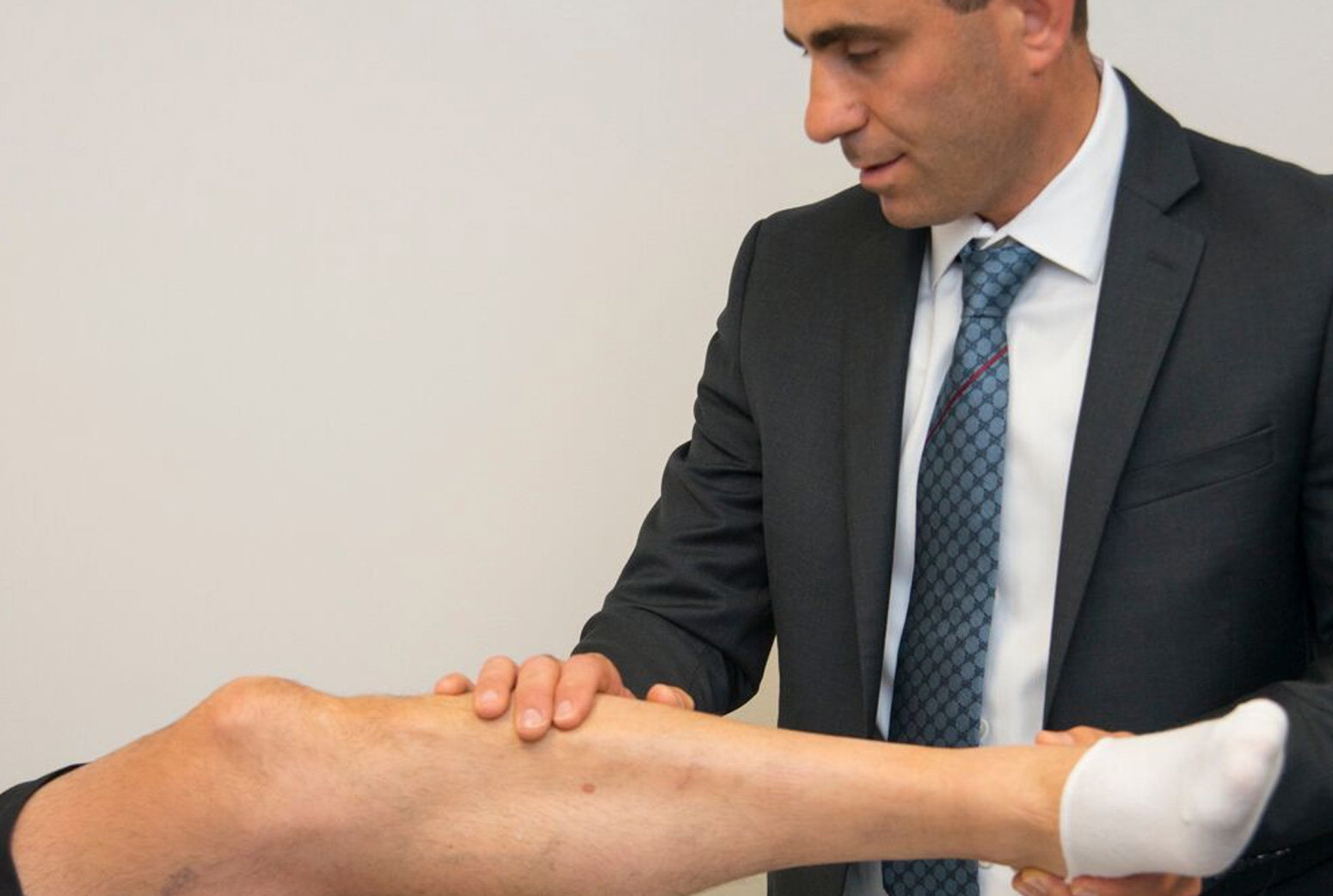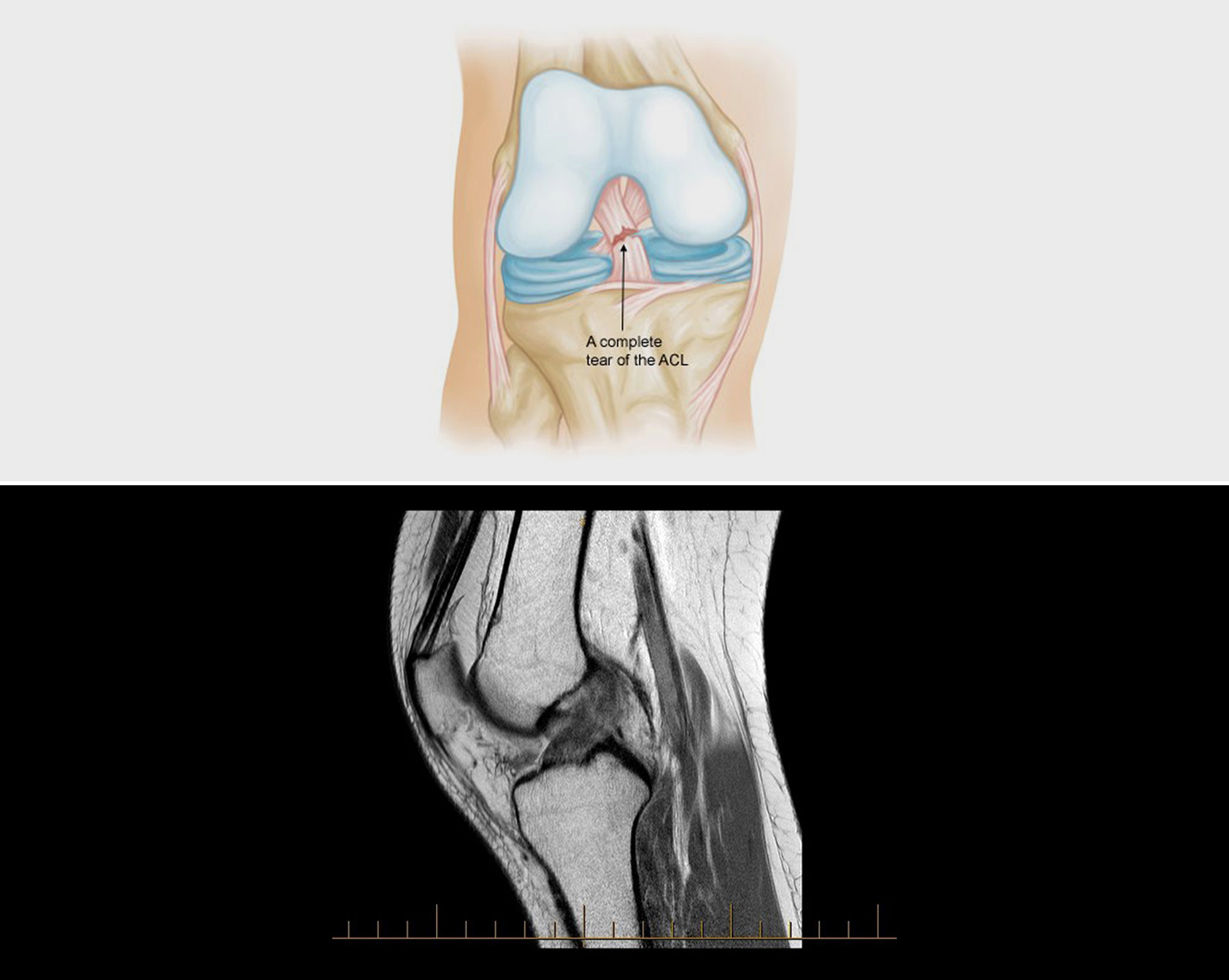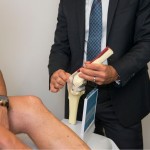Orthopaedic Conditions / Knee / Adults
ACL Knee Reconstruction Treatment

Anterior Cruciate Ligament (Acl) Reconstruction Surgeon In Parramatta
What is your anterior cruciate ligament (ACL)? What is its function?
The anterior cruciate ligament (ACL) is a tough, fibrous band of tissue that connects and stabilises the femur (thigh bone) and tibia (shin bone). It is an important ligament for normal knee function and stability. It is essential in controlling the rotation forces developed during pivoting, side stepping and landing from a jump.
Hence, ACL injuries are commonly encountered during pivoting sports such as rugby league, soccer, netball and skiing.
The aim of treatment is to stabilise the knee and prevent recurrent instability so that the patient can return to normal functional activities.
Non-Operative Management (Conservative Treatment)
Not all patients require a reconstruction of their anterior cruciate ligament (ACL). These patients are generally involved in work and sporting activities that do not require pivoting or sudden changes in direction.
Activities that can prevent the need of an ACL reconstruction include things that involve in-line movements such as cycling and swimming. The aim of conservative treatment is to reduce the swelling and restore range of motion. For better outcomes through conservative treatment, the patient also needs to increase the strength of the quadriceps and hamstring muscles in order to compensate for the instability associated with the cruciate ligament deficiency. This is generally performed under the guidance of a physiotherapist.
Operative Management
A torn ACL cannot heal by itself and in most cases, needs to be repaired (paediatric) or reconstructed (adult). Reconstruction of the ACL is to provide stability to the knee joint as well as protection from further future meniscus damage, thereby potentially avoiding subsequent degenerative changes within the knee. The decision whether to have an ACL reconstruction should be made after discussion with your surgeon.
Dr Shidiak’s Surgical Treatment For Adult Acl Reconstruction
As a highly experienced ACL reconstruction surgeon, Dr Shidiak’s reconstruction technique has been supported over many years in orthopaedic literature. It involves harvesting your hamstring tendons from the same knee and utilising these as a graft (which means taking a piece of living tissue and transplanting it surgically) for a new ligament.
Using donated tissue as a graft is also an option in certain circumstances.
Tunnels are then drilled in to the tibia (shin bone) and femur (thigh bone) and the “graft” is secured to the femur with a metal clip and to the tibia with a screw. The post-operative (after surgery) period entails a rigorous rehabilitation programme which must be adhered to diligently to obtain the best outcome.
The time needed for the graft to incorporate in the bone may take six months or more. It may be six to 12 months before returning to sport. At the time of surgery, we often find there is other damage to the knee (such as a meniscal tear) which is attended to at the time. As with any operation, there are general risks associated with surgery and specific risks for ACL surgery. These are generally in the vicinity of less than five per cent, and we will discuss these with you at length prior to proceeding. ACL surgery is a highly successful procedure at restoring stability and allowing return to elite level sport.
Enquire with Dr Louis Shidiak in Parramatta or in any of our other Sydney clinics to discuss ACL reconstruction surgery. If you prefer another treatment, our surgeon also offers hip and knee replacements as necessary.



